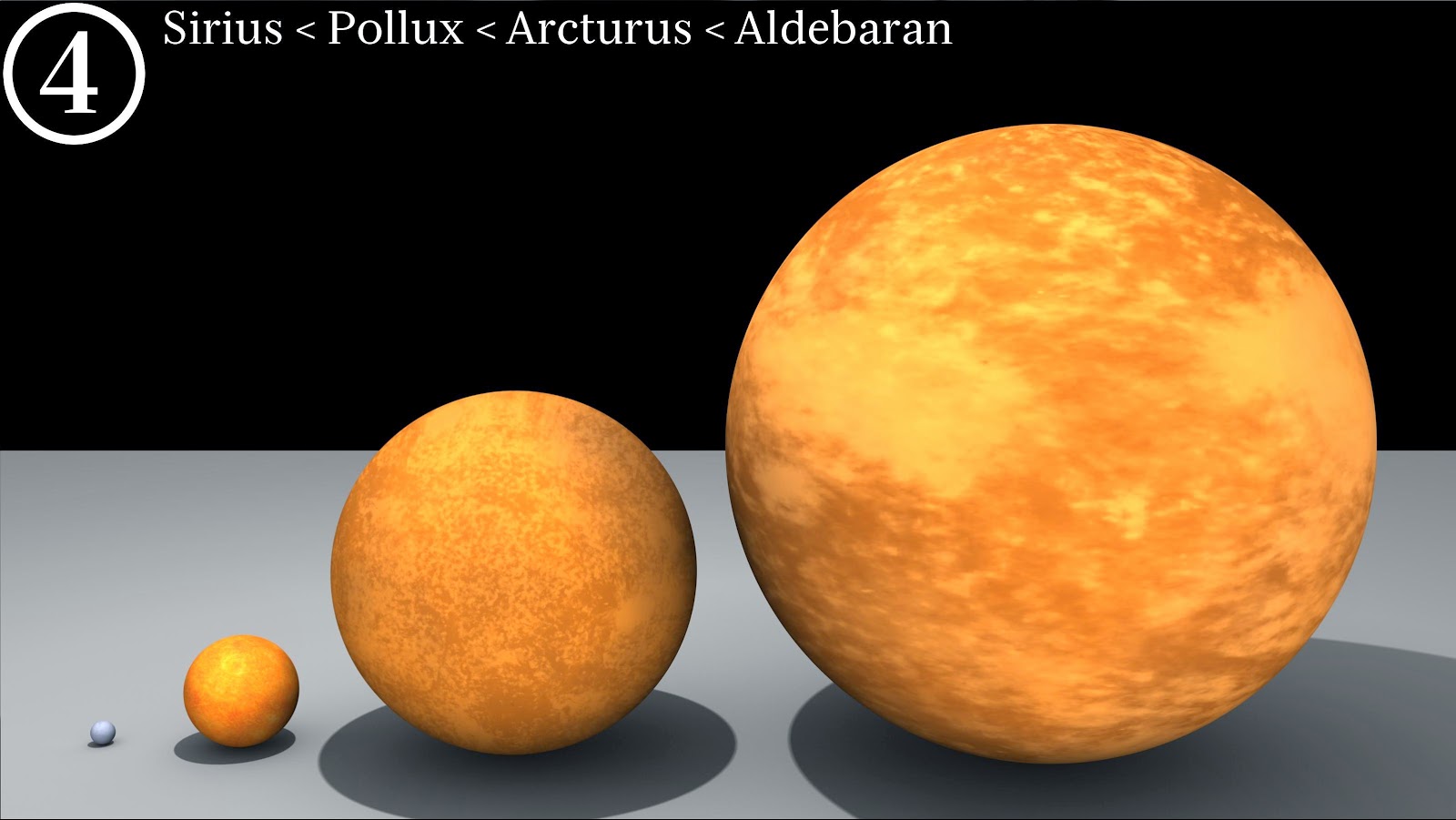Size Comparison Of Astronomical Objects
Top row: Uranus and Neptune; second
row: Earth,
the white
dwarf Sirius
B, Venus;
bottom row (reproduced and enlarged in lower image)—above: Mars and Mercury;
below: the Moon, dwarf
planets Pluto and Haumea
Mars (back left), Mercury (back right), Moon (front left), Pluto (front center), and Haumea (front right), to scale.
Planets of the Solar System (Sizes to scale; distances
and illumination not to scale)
The inner planets. From left to right: Mercury, Venus, Earth and Mars in
true-color. (Sizes to scale; distances not to scale)
The gas giants against the Sun's limb, at 1 px = 1 Mm The
diameters are to scale. The limb of the Sun is in the background. From left to
right, Jupiter, Saturn, Uranus and Neptune.
The Location of the Earth in the Solar System
The Location of the Solar System in the Milky Way Galaxy
Artist's conception of the spiral structure of the Milky Way with two major stellar arms and a bar
.jpg)
Image of the night sky above Paranal on 21 July 2007, taken by ESO astronomer Yuri Beletsky. A wide band of stars and dust clouds, spanning more than 100 degrees on the sky, is seen. This is the Milky Way, the Galaxy we belong to. At the centre of the image, two bright objects are visible. The brightest is the planet Jupiter, while the other is the star Antares.











.jpg)





.jpg)




































